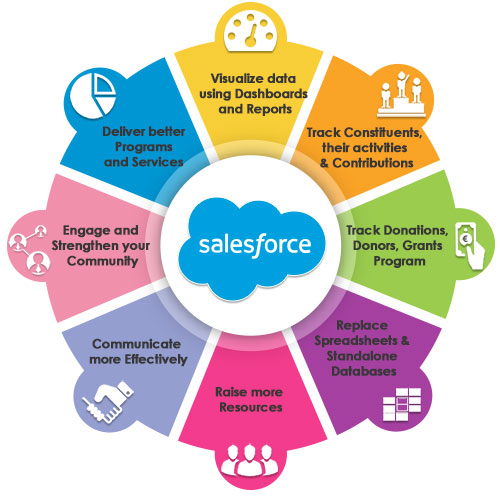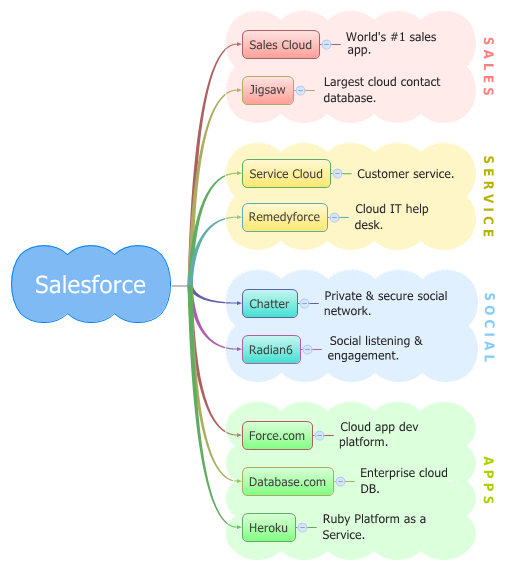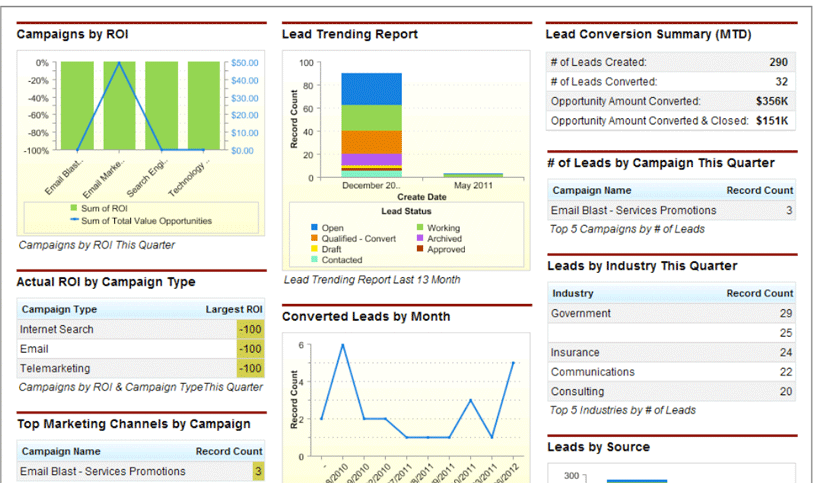
Top 5 Amazing IDEs for .NET Developers
Great variety of wide-known companies works with .NET. Among them are Dell, Accenture, HCL, Epic Systems. What is .NET and why is it so beneficial to create a product on this platform? Efficient and successful software development framework .NET is a platform for easy desktop and web application engineering. This free platform used for many various types of application providing environment for programming connected to most software development phases.
.NET goes well with business, as it involves a great range of tools like web-based services, desktop software, and cloud infrastructure support. The .NET can be divided into three branches: .NET Framework, .NET Core, and Xamarin. The whole group of these implementations is called .NET development platform. The .NET can work with C#, VB.NET, C++, F# programming languages and ASP.NET tool, which is among of the best web development tools for building web pages and websites with HTML, CSS, JavaScript and server scripting. 20 years have gone from the time the very first .NET was launched and this platform keeps gaining its popularity with companies’ to hire .NET developers for in-house or outsource work – find more information.
.NET Implementation

Fast forward and we’ve got three types of .NET implementation. Each of them has its features and kinds of products that can be created on these platforms.
The .NET Framework is the origin embodiment of the platform with three main app models – Windows Forms, WPF and ASP.NET Forms.
.NET Core was presented in 2016. This cross-platform is a rebuild of .NET Framework. Products from this platform can be used on both Linux and OS X, so they are not tied only to the Windows family. ASP.NET Core and Universal Windows Platform are also included in .NET Core.
Xamarin is the third implementation for mobile applications and Mac products development. From the very beginning, this platform was designed independently from Microsoft, but in 2016 the company made it a fully open source branch.
For simple and complex data, the structure of the .NET platform has a huge collection of class libraries. Hundreds of written codes by other developers are there, altogether with specific libraries for security, encryption, and database access.
IDE’s for .NET Development
IDE is an Integrated Development Environment that helps to facilitate the development of an application. There are some very useful and popular tools for .NET developers to advise:
Visual Studio is integrated with .NET including the specifics of language environments, from its earlier versions (VS 6.0). It is one of the most commonly used development environment as it provides single IDE for all .NET applications. Editing, compiling, debugging are available for a multiple-document interface. You can make your design up-to-date by placing the controls in the layout the display of the application. Visual Studio .NET supports Intellisense and code refactoring. Plug-in architecture helps to add tools for domain languages.
Visual Studio (for Mac) is newly created .NET IDE for Mac. It was launched as Xamarin Studio with a lot of additions. It is planned that the IDE will have precisely the same centerpiece code of editor like Windows VS has. Text editors will be easier to work with – for instance HTML, CSS or Razor. Unique Mac user interface and user experience altogether with Mac icons of Visual Studio native app will impress you. You can develop there with Xamarin and cloud development with .NET Core and ASP.NET Core.
SharpDevelop is an Integrated Development Environment (IDE) for .NET Framework applications. The IDE supports the creation of applications written in C#, Visual Basic.NET, and IronPython. It is in free access and provides code completion, code generation, project templates, and a form designer. It can be also compatible with Visual Studio Express if to use the same solution file format.
.NET Reflector is the class browser that explores and analyzes bugs through your application to see where the problem is – whether it is your own code, aside libraries, or components used by your application. With the help of this IDE, you can look inside the assemblies of any third-party platform to see the way they working.
Quest Comparison Suite for SQL Server Increases productivity and reduces costs protecting your data. You may simplify performance management and centralize administration. The IDE helps you to manage single/multiple database platforms.
Learning the .NET Framework

Microsoft gains a lot of credits for is how to learn .NET in an easy way for programmers as Microsoft Developer Network site has many resources for developers with documentation in details and sample code on different languages for using. It can be videos on Pluralsight for learning both the language and the web/mobile and Windows application code. Get acquainted with C# Yellow Book. This is a must-read for a solid base in programming. But practice goes at once, so the best way to get started is to take a project and start building.
The typical setup for a .NET application uses Visual Studio as the IDE. Editing, compiling, debugging are open for use in this IDE. Visual Studio for Mac is in process of development, but it’s already available with a variety of peculiar features of the iOS system. SharpDevelop creates applications in C#, Visual Basic.NET, and IronPython languages. It is in free access and provides code completion, code generation, project templates, and a form designer. A web developer can facilitate the process of programming and check on any bugs their application to see where the problem is. The last but not least IDE for .NET developers in this top 5 is Quest Comparison Suite for SQL Server. Controlling productivity and evaluating of data protection is available with this platform. Microsoft provides the variety of useful IDE’s for a developer that mean even bigger possibilities for getting involved in .NET development.



















